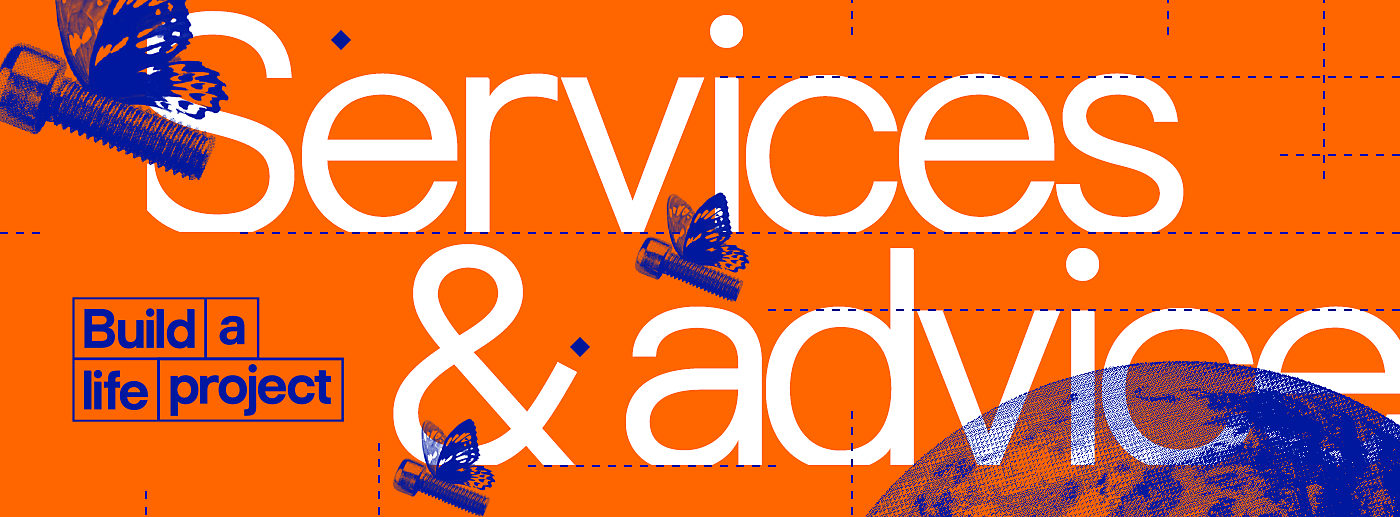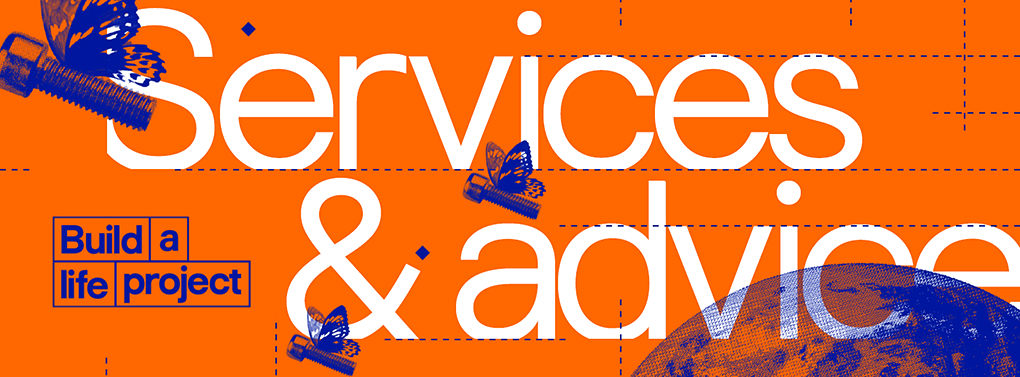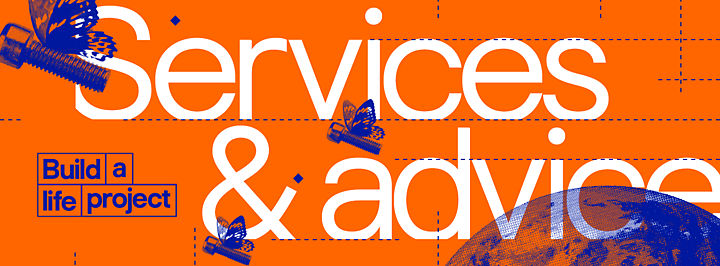Water
B&Q’s top tips to help you reduce water use.








B&Q’s top tips to reduce water waste and live more sustainably
As we all become more eco and cost-conscious, it’s important to know the small changes we can make to ensure we’re not wasting water and spending unnecessary additional money on our water bills*.
Water scarcity is an imminent threat to communities and businesses and has an impact on people around the world, as well as our customers in the UK and Ireland. Hosepipe bans, drought and reservoir levels have all been discussed in the media in recent years and affect customers, especially in the summer months when water-usage in the garden peaks.
At B&Q we’re working to ensure that our range of products have improved water efficiency, helping our customers to prevent water wastage and reduce water use wherever possible. We’re also looking at our own water use in our stores and offices, seeking to capture rainwater and use water-efficient fixtures. We’ve been able to improve our water efficiency by over 8% in the past 5 years and will seek to improve this in the future through store improvements.
There are many ways that we can all reduce the amount of water that we’re using at home as well as making sure that water isn’t wasted by repairing broken or leaky fixtures. An easy quick fix will be to ensure you don’t have a leaky toilet or dripping tap. Dripping taps can waste more than 5,500 litres of water a year, so make sure your tap is completely switched off or, if needs be, repaired by a plumber. A leaking toilet cistern wastes an average of 215 to 400 litres of water a day so if you hear the water running unnecessarily, make sure to get it fixed!
Taps
Turning off the tap while brushing your teeth saves approximately six litres of water per minute. Replacing old taps with new ones fitted with aerating regulators, such as our GoodHome Zanthe Copper effect kitchen tap, can dramatically reduce water use too.
Toilets
Switch to a dual flush toilet. These have two buttons that allow different quantities of water to flow, the lower flush typically saves 7-9 litres of water per flush compared to the old style flush systems, which use up to 13 litres per flush.
Showers
Switching to a low-flow shower head can save up to 60 litres of water per shower.
Water butts
Water butts are a brilliant method to catch a large amount of the rainwater that falls each year – it’s free water! Plus water butts can be linked up to pumps or linked to drip irrigation systems to maximise the amount of rainwater you can use in your garden.




Taps
Turning off the tap while brushing your teeth saves approximately six litres of water per minute. Replacing old taps with new ones fitted with aerating regulators, such as our GoodHome Zanthe Copper effect kitchen tap, can dramatically reduce water use too.




Toilets
Switch to a dual flush toilet. These have two buttons that allow different quantities of water to flow, the lower flush typically saves 7-9 litres of water per flush compared to the old style flush systems, which use up to 13 litres per flush.




Showers
Switching to a low-flow shower head can save up to 60 litres of water per shower.




Water butts
Water butts are a brilliant method to catch a large amount of the rainwater that falls each year – it’s free water! Plus water butts can be linked up to pumps or linked to drip irrigation systems to maximise the amount of rainwater you can use in your garden.
It’s understandable that highest usage of water consumption in the home comes from baths and showers (around 34%). There are a variety of ways to reduce water consumption in the shower, but a low flow shower head is a quick-win, and can save up to 60 litres per shower**. Just reducing your showering time by just one minute can save up to 15 litres of water.
18% of energy consumption in UK homes is spent heating water, and about 12% of gas bills are spent heating water for showers, baths and taps, so saving on any wasted hot water can make a big change to your carbon footprint and your bills.
Our top tips to save water in your home
1. Make sure your taps are completely turned off
Avoiding waste water by fully turning off taps when you’ve finished using them or while you’re brushing your teeth can reduce your water usage each day.
2. Call a plumber for any leaking toilets or dripping taps
Dripping taps can waste a surprising amount of water – and if it is a hot tap, that will be adding to your energy bills. Get leaks fixed as soon as possible as the water may be damaging your property. Sort out faulty valves and siphons in toilets.
3. Use the lower flush setting when using your toilet
We have a great range of more water efficient toilets in our bathroom range. Opt for a dual flush and use short flush option to save water.
4. Only run the washing machine and dishwasher with a full load
You may think that the ‘half load’ settings on these machines use half the energy and water, but they often use more than half the amount of energy and water than you’d use in a full load, so it is better to wait until you have a full load if you can. Running these appliances less often will also help to keep electricity bills lower.
5. Add an Eco Shower Head to reduce water usage
Eco shower heads aerate the water as it flows, reducing the amount of water needed for a powerful shower.
6. Install a Cistern Displacement Device (CDD)
Installing a Cistern Displacement Device (CDD) in your toilet reduces the amount of water used when flushed – these can save up to 5000 litres of water a year and are often available free of charge from your water company!
1. Make sure your taps are completely turned off
Avoiding waste water by fully turning off taps when you’ve finished using them or while you’re brushing your teeth can reduce your water usage each day.
2. Call a plumber for any leaking toilets or dripping taps
Dripping taps can waste a surprising amount of water – and if it is a hot tap, that will be adding to your energy bills. Get leaks fixed as soon as possible as the water may be damaging your property. Sort out faulty valves and siphons in toilets.
3. Use the lower flush setting when using your toilet
We have a great range of more water efficient toilets in our bathroom range. Opt for a dual flush and use short flush option to save water.
4. Only run the washing machine and dishwasher with a full load
You may think that the ‘half load’ settings on these machines use half the energy and water, but they often use more than half the amount of energy and water than you’d use in a full load, so it is better to wait until you have a full load if you can. Running these appliances less often will also help to keep electricity bills lower.
5. Add an Eco Shower Head to reduce water usage
Eco shower heads aerate the water as it flows, reducing the amount of water needed for a powerful shower.
6. Install a Cistern Displacement Device (CDD)
Installing a Cistern Displacement Device (CDD) in your toilet reduces the amount of water used when flushed – these can save up to 5000 litres of water a year and are often available free of charge from your water company!
Our top tips to save water in your garden
1. Opt for surfaces that rainwater can flow through
Think about rainwater when you are planning your garden. Choosing surfaces such as lawn and gravel in your garden will help to prevent flooding. Landscaping fabric helps to keep weeds at bay – and using gravel support mats means you can still use a gravelled area for parking.
2. Ensure garden hoses are fitted with leak-free nozzles and triggers
Wanting your plants and lawn remain looking pristine in the summer months naturally causes many of us to reach for the hose and, in turn, increase our water usage. Luckily, we have a range of Verve hose fittings that have been designed to reduce leaks so that water isn’t wasted, and they’re made from recycled plastic. Additionally, our range of watering cans allows for targeted watering, again so that water can be used sparingly.
3. Use a water butt to collect rainwater for garden watering
Using rainwater in your garden is a great way to use less tap water. Use a stand so that you can fit a watering can easily under the tap. A water butt pump will enable you to use the water for cleaning bikes, cars and patios. Acid loving plants may prefer the rainwater from your water butt than tap water if you live in a hard water area.
4. Don’t cut your grass too short
Setting your mower cutting height a little higher will help the soil beneath the grass to stay more moist. This will help to keep your lawn green during a dry spell. Don’t water an established lawn. If it goes brown during a drought, it will soon recover when the rain returns.
5. Mulch bare soil
Bark chips make a great mulch. Apply a layer at least 5cm deep to give the best results. Apply when the soil is already moist. Using landscape fabric will help to keep weeds at bay.
1. Opt for surfaces that rainwater can flow through
Think about rainwater when you are planning your garden. Choosing surfaces such as lawn and gravel in your garden will help to prevent flooding. Landscaping fabric helps to keep weeds at bay – and using gravel support mats means you can still use a gravelled area for parking.
2. Ensure garden hoses are fitted with leak-free nozzles and triggers
Wanting your plants and lawn remain looking pristine in the summer months naturally causes many of us to reach for the hose and, in turn, increase our water usage. Luckily, we have a range of Verve hose fittings that have been designed to reduce leaks so that water isn’t wasted, and they’re made from recycled plastic. Additionally, our range of watering cans allows for targeted watering, again so that water can be used sparingly.
3. Use a water butt to collect rainwater for garden watering
Using rainwater in your garden is a great way to use less tap water. Use a stand so that you can fit a watering can easily under the tap. A water butt pump will enable you to use the water for cleaning bikes, cars and patios. Acid loving plants may prefer the rainwater from your water butt than tap water if you live in a hard water area.
4. Don’t cut your grass too short
Setting your mower cutting height a little higher will help the soil beneath the grass to stay more moist. This will help to keep your lawn green during a dry spell. Don’t water an established lawn. If it goes brown during a drought, it will soon recover when the rain returns.
5. Mulch bare soil
Bark chips make a great mulch. Apply a layer at least 5cm deep to give the best results. Apply when the soil is already moist. Using landscape fabric will help to keep weeds at bay.
*All figures sourced from WaterWise.org.uk
**Based on the average person showering for 10 minutes.






